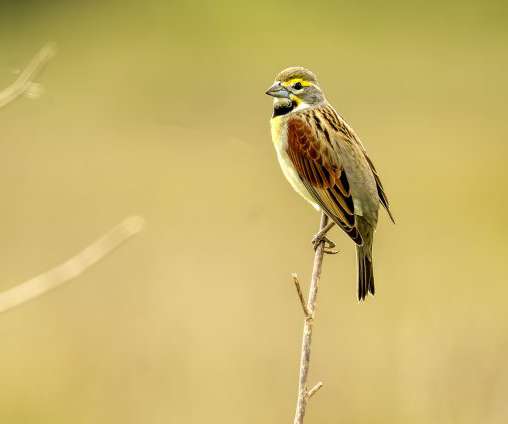What to Do at High Island When the Winds are South
10,000 Birds
MAY 3, 2022
It stops those thousands of migrating birds flying across the Gulf of Mexico and directs them right onto the trees, fields, sanctuaries, beaches along the Bolivar Peninsula, where they hopefully find food and fresh water. 9-mile route that takes you down the prairie uplands and salt marshes that make up much of the Bolivar Sanctuary.












Let's personalize your content